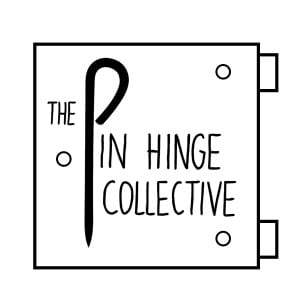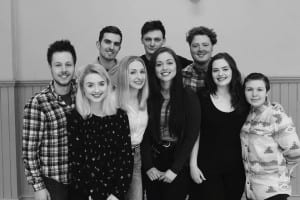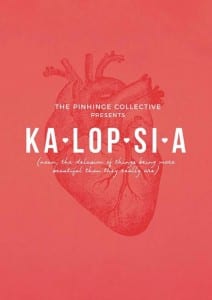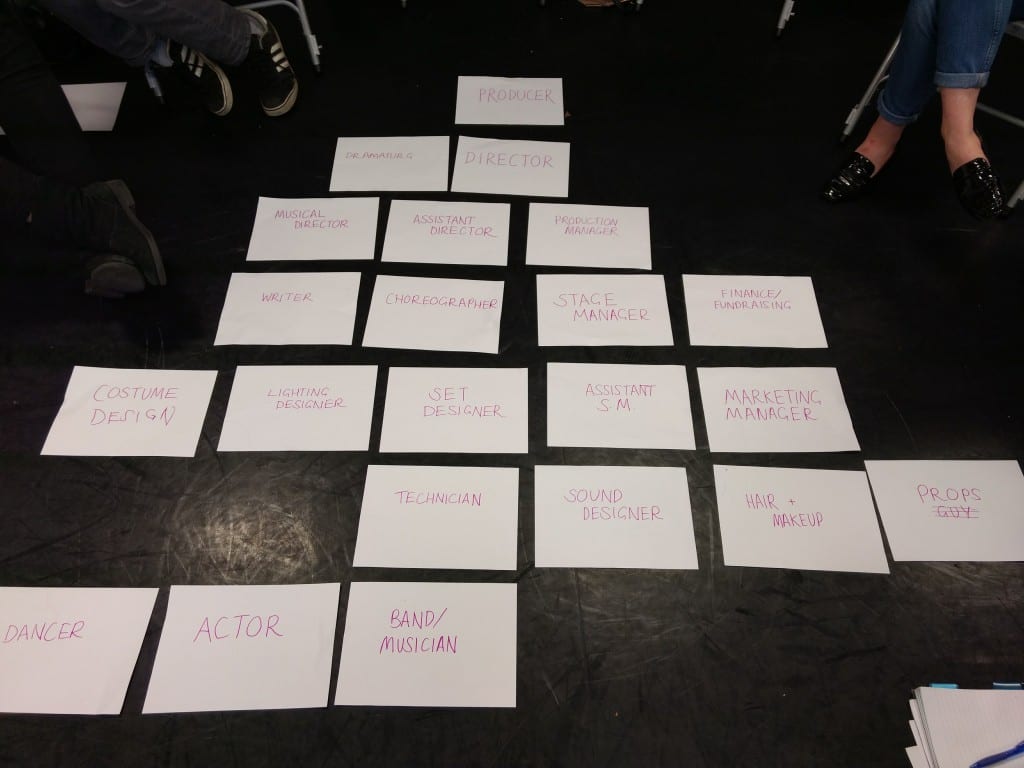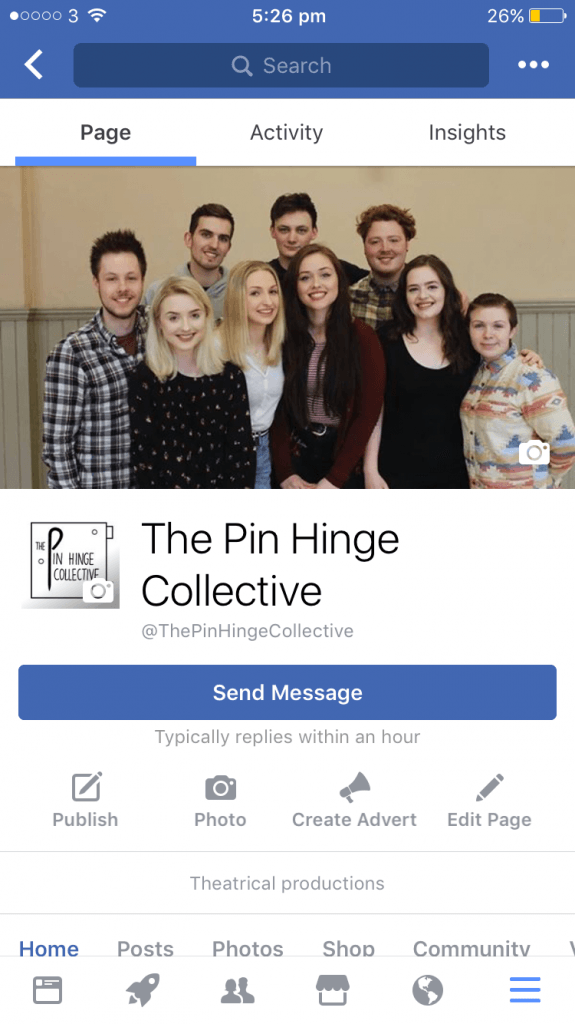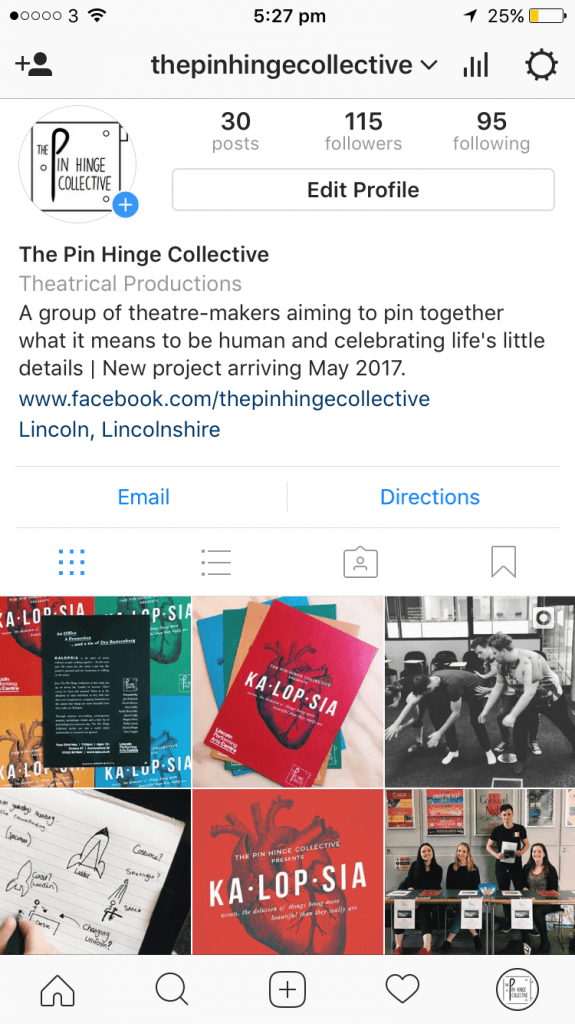The Pin Hinge Collective today finally began to shape the roots of our show. The group decided to challenge how theatre can be veiwed by audiences, aiming to produce a show that would not cater to one specific group, but instead, be something that could be enjoyed by all. Modern theatre is usually fed towards the educated and the cultural committees of the United Kingdom. To accommodate these various groups, Arts Council England (2014) segments different audiences in orientation to their interest and likely hood attending theatre. Therefore, The Pin Hinge collective wanted to target a range of audiences with our performance, changing the segmentation that Arts Council England believes currently stands (Arts Council England, 2014).
To achieve this, the group decided that we would devise a play which was build with to core features. Firstly, an enjoyable easy to watch story driven narrative, to cater for new audiences to theatre as the less interested in theatre, the Heydays, Kaleidoscope creativity, Facebook families and Up our street segmentation groups, all who have differing interests in theatre ranging from people seeing a show that interests them to those who have some to little in the theatre. Secondly, the play should also hold contemporary performance styles to encapsulate and entertain more venerated theatre goers, such as the Dormitory dependables, Experience seekers, Commuterland culture buffs and the Metroculturals segmentation’s, these groups unlike the lower brackets commonly come to enjoy the theatre and are interested in the various styles of modern theatre, such as our contemporary performance style (Arts Council England, 2014). Thus, our show holds the opportunity to open doors for theatre novices to also experience different styles of theatre whilst not pushing them to understand differing theatre concepts.
The group believed in the eyes of Arts Council England this would produce a show which could be granted funding, as our performance style would allow differing margins of theatre audiences to to interested in our show. Thus allowing the The Pin Hinge Collective to make its mark within the English theatre community.
Works Cited
Arts Council England (2014) Culture-based segmentation. Available from http://www.artscouncil.org.uk/participating-and-attending/culture-based-segmentation [accessed 12 march 2017].
